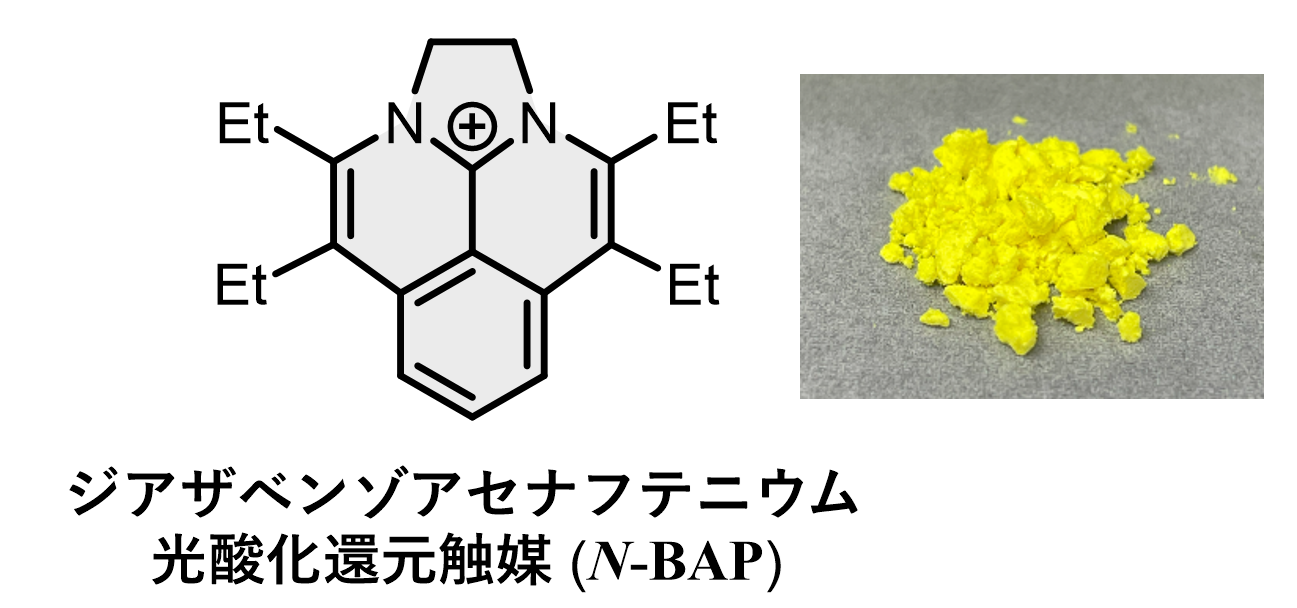2024-06-17 スイス連邦工科大学ローザンヌ校(EPFL)
 VELOCE observations trace the expansion and contraction of Cepheid stars with unprecedented precision. On the left: observed spectra of the Cepheid archetype Delta Cephei as they change in wavelength due to the pulsations. On the right: the radial velocity curve measured by VELOCE, with the star’s variable size shown (not to scale) using star-shaped symbols. Credit: R.I. Anderson (EPFL).
VELOCE observations trace the expansion and contraction of Cepheid stars with unprecedented precision. On the left: observed spectra of the Cepheid archetype Delta Cephei as they change in wavelength due to the pulsations. On the right: the radial velocity curve measured by VELOCE, with the star’s variable size shown (not to scale) using star-shaped symbols. Credit: R.I. Anderson (EPFL).
<関連情報>
- https://actu.epfl.ch/news/high-precision-measurements-challenge-the-understa/
- https://www.aanda.org/articles/aa/full_html/2024/06/aa48400-23/aa48400-23.html
ケフェウス座ケフェイド星の速度 (VELOCE) I. ケフェウス座の高精度半径方向速度 VELOcities of CEpheids (VELOCE) I. High-precision radial velocities of Cepheids
Richard I. Anderson, Giordano Viviani, Shreeya S. Shetye, Nami Mowlavi, Laurent Eyer, Lovro Palaversa, Berry Holl, Sergi Blanco-Cuaresma, Kateryna Kravchenko, Michał Pawlak, Mauricio Cruz Reyes, Saniya Khan, Henryka E. Netzel, Lisa Löbling, Péter I. Pápics, Andreas Postel, Maroussia Roelens, Zoi T. Spetsieri, Anne Thoul, Jiří Žák, Vivien Bonvin, David V. Martin, Martin Millon, Sophie Saesen, Aurélien Wyttenbach, Pedro Figueira, Maxime Marmier, Saskia Prins, Gert Raskin and Hans van Winckel
Astronomy & Astrophysics Published:14 June 2024
DOI:https://doi.org/10.1051/0004-6361/202348400
Abstract
We present the first data release of VELOcities of CEpheids (VELOCE), dedicated to measuring the high-precision radial velocities (RVs) of Galactic classical Cepheids (henceforth, Cepheids). The first data release (VELOCE DR1) comprises 18 225 RV measurements of 258 bona fide classical Cepheids on both hemispheres collected mainly between 2010 and 2022, along with 1161 observations of 164 stars, most of which had previously been misclassified as Cepheids. The median per-observation RV uncertainty for Cepheids is 0.037 km s−1 and reaches 2 m s−1 for the brightest stars observed with Coralie. Non-variable standard stars were used to characterize RV zero-point stability and to provide a base for future cross-calibrations. We determined zero-point differences between VELOCE and 31 literature data sets using template fitting, which we also used to investigate linear period changes of 146 Cepheids. In total, 76 spectroscopic binary Cepheids and 14 candidate binary Cepheids were identified using VELOCE data alone, which are investigated in detail in a companion Paper (VELOCE II). VELOCE DR1 provides a number of new insights into the pulsational variability of Cepheids, most importantly: a) the most detailed description of the Hertzsprung progression based on RVs to date; b) the identification of double-peaked bumps in the pulsation curve; and c) clear evidence that virtually all Cepheids feature spectroscopic variability signals that lead to modulated RV variability at the level of tens to hundreds of m s−1 and that cannot be satisfactorily modeled using single-periodic Fourier series. We identified 36 stars exhibiting such modulated variability, of which 4 also exhibit orbital motion. Linear radius variations depend strongly on pulsation period and a steep increase in slope of the ΔR/p vs. log P-relation is found near 10 days. This effect, combined with significant RV amplitude differences at fixed period, challenges the existence of a tight relation between Baade-Wesselink projection factors and pulsation periods. We investigated the accuracy of RV time series measurements, υγ, and RV amplitudes published by Gaia’s third data release (Gaia DR3) and determined an offset of 0.65 ± 0.11 km s−1 relative to VELOCE. Whenever possible, we recommend adopting a single set of template correlation parameters for distinct classes of large-amplitude variable stars to avoid systematic offsets in υγ among stars belonging to the same class. The peak-to-peak amplitudes of Gaia RVs exhibit significant (16%) dispersion. Potential differences of RV amplitudes require further inspection, notably in the context of projection factor calibration.



